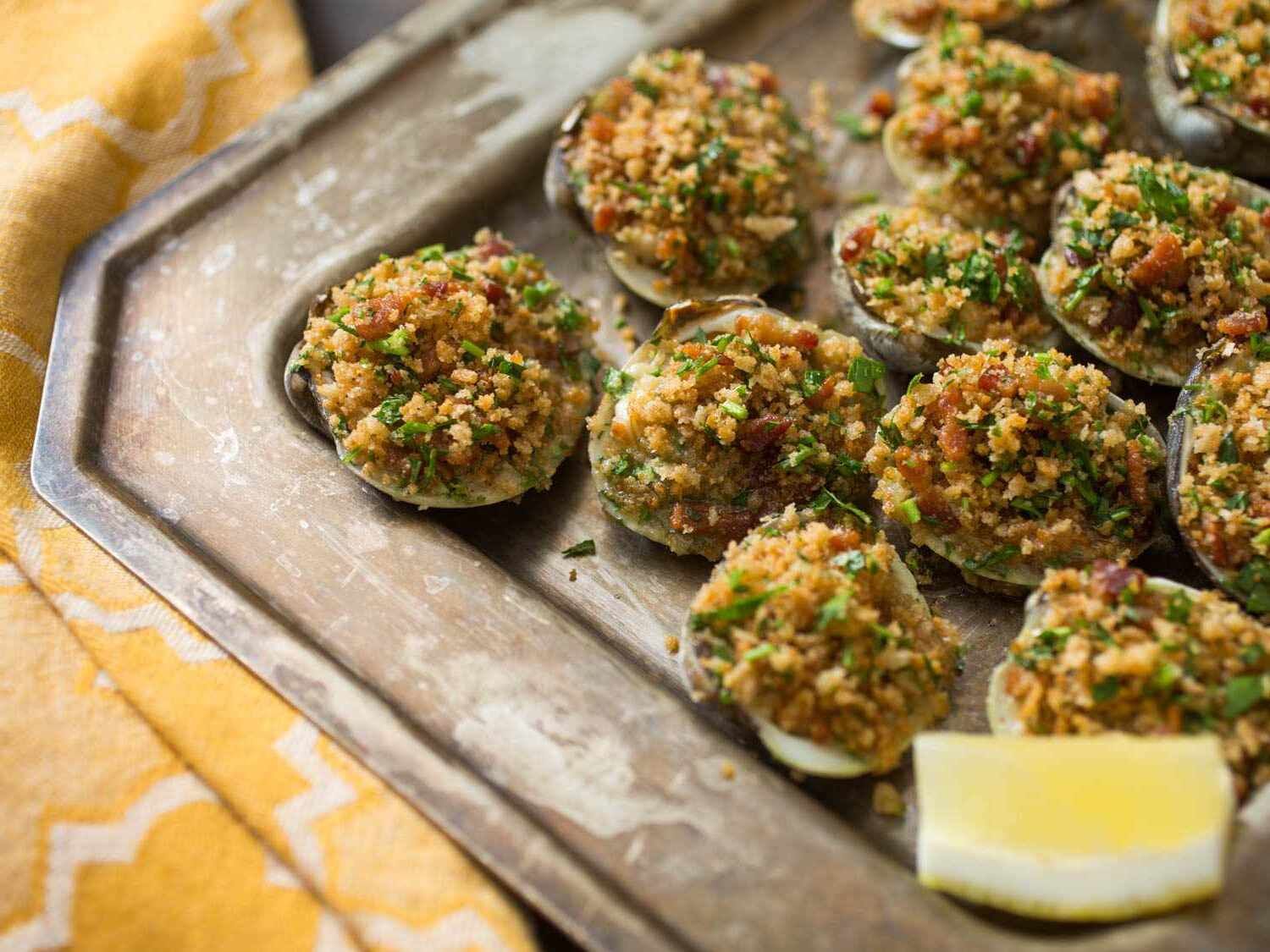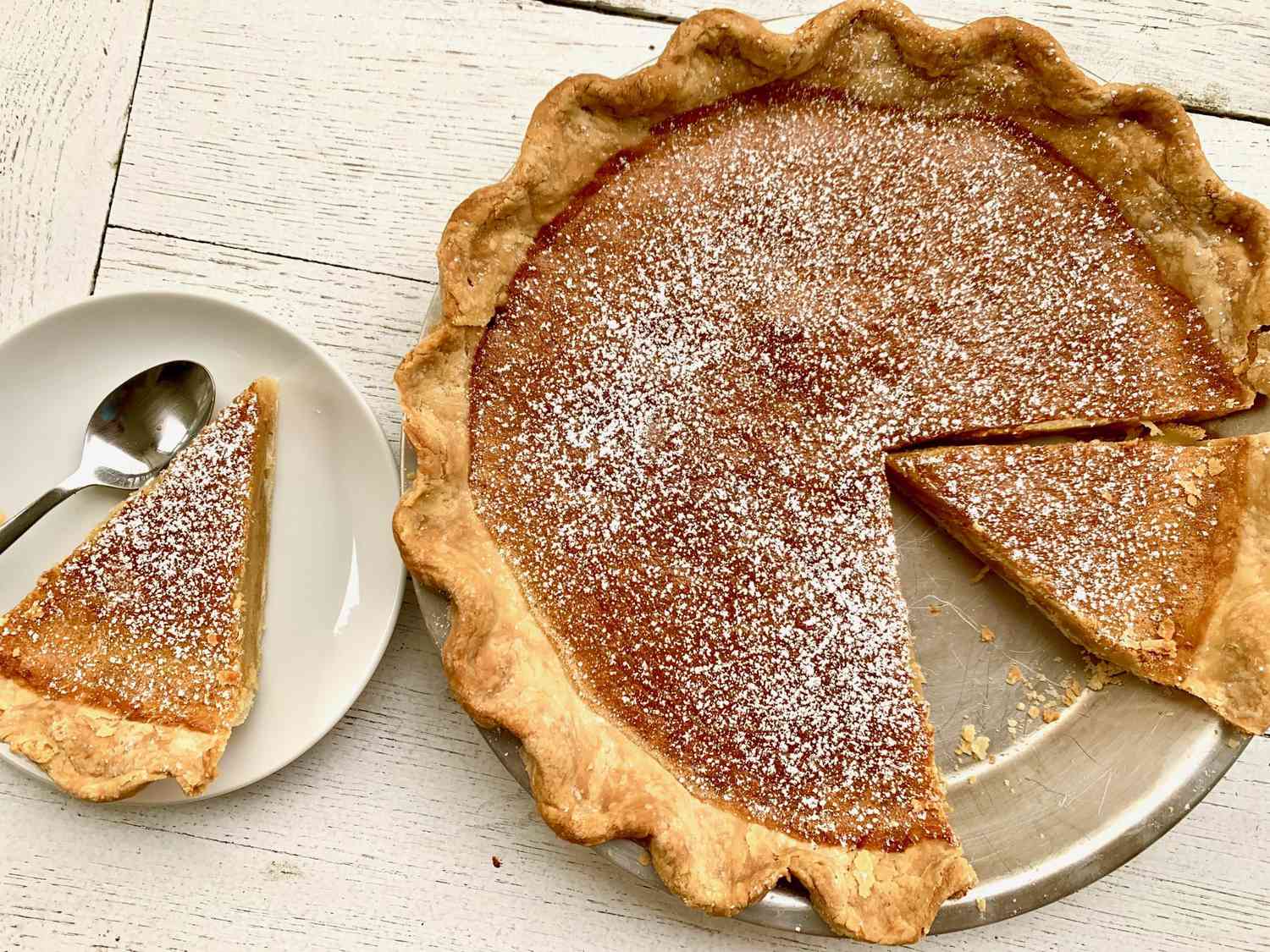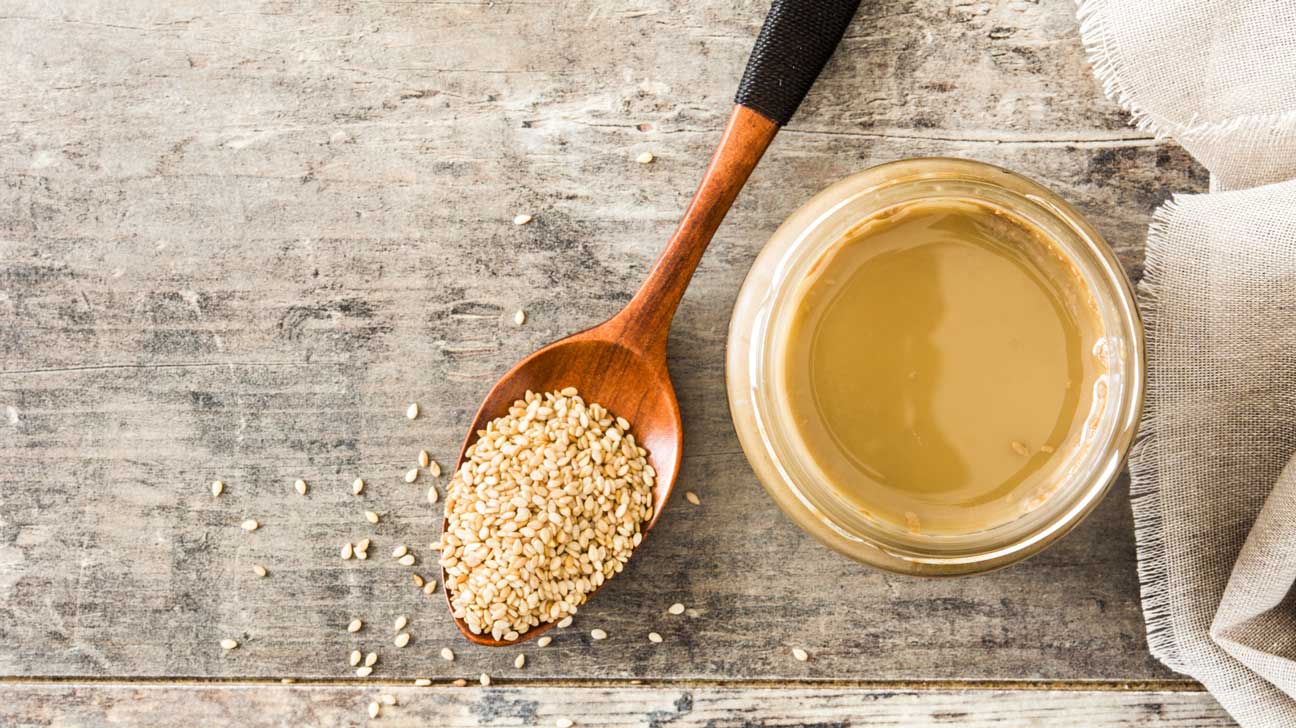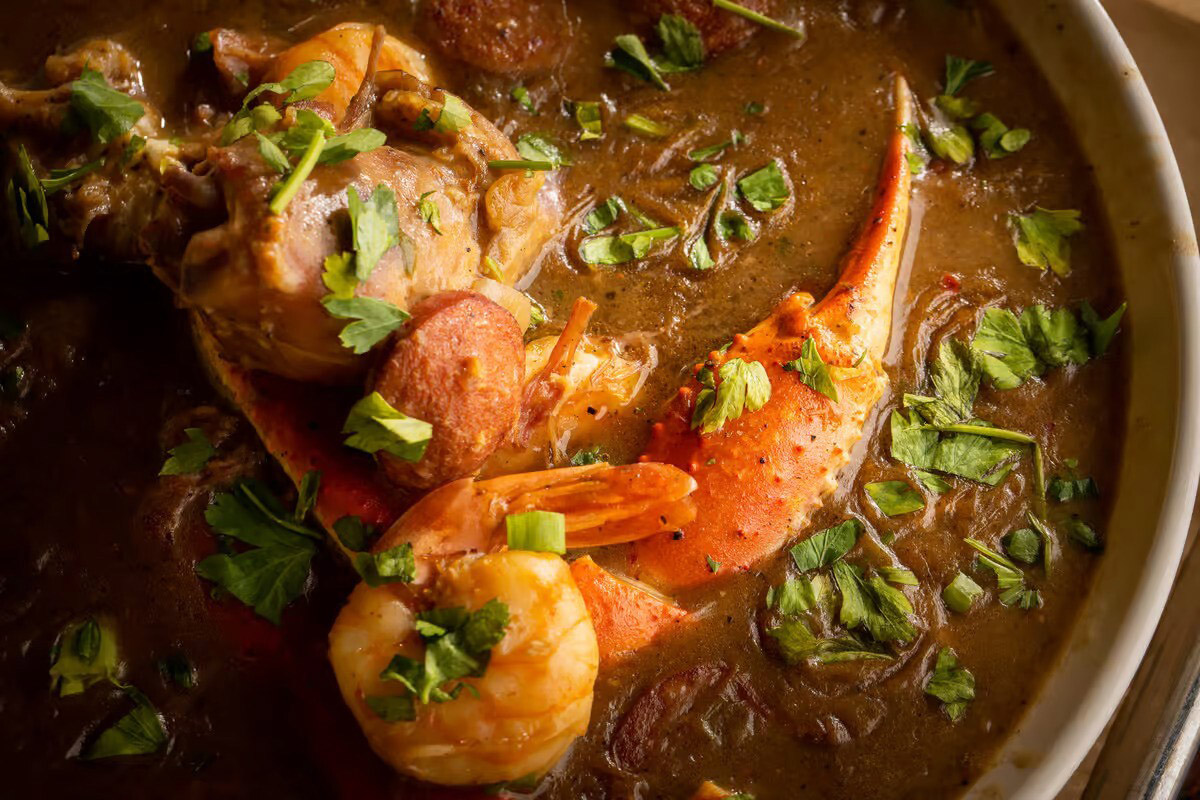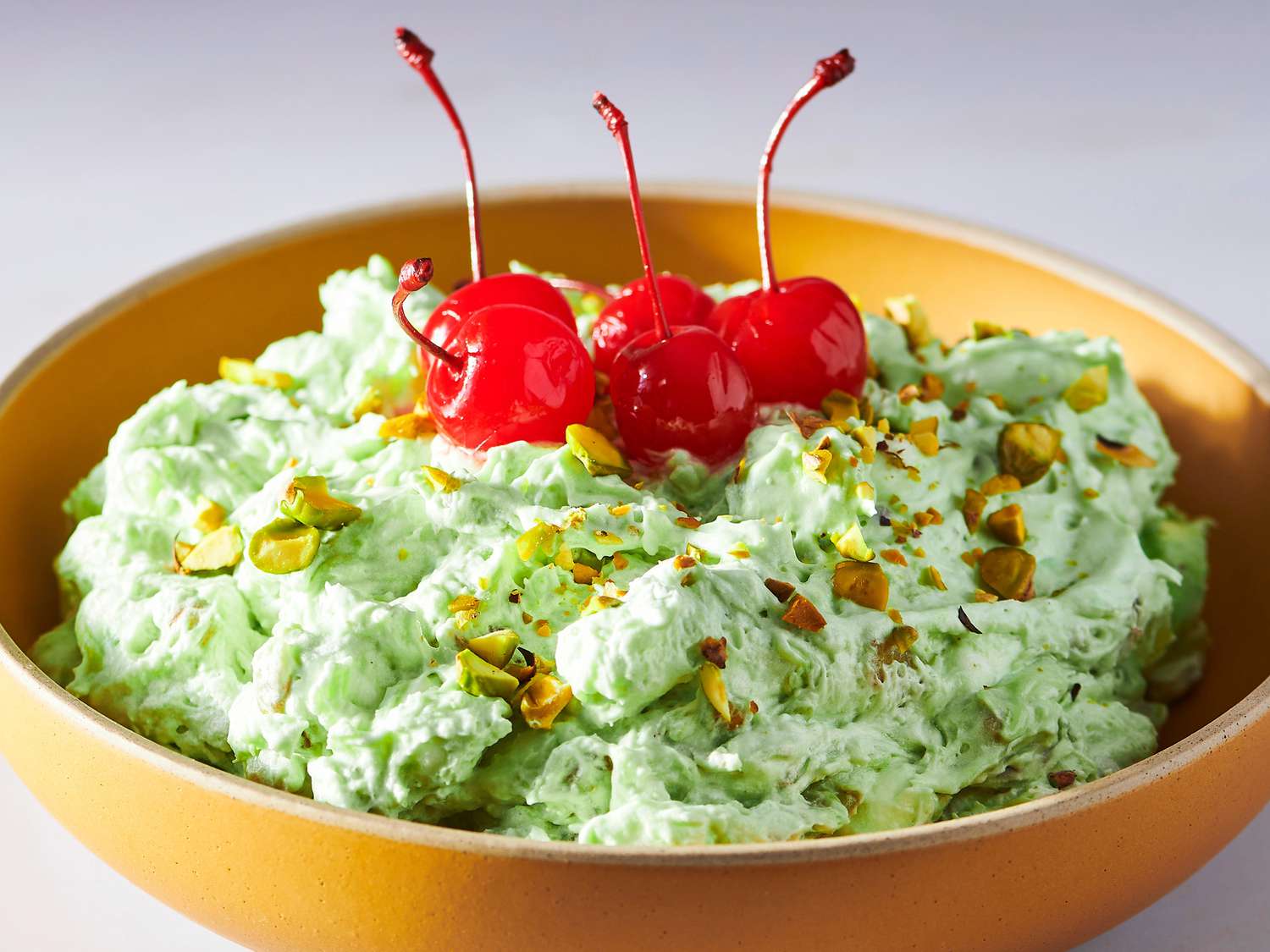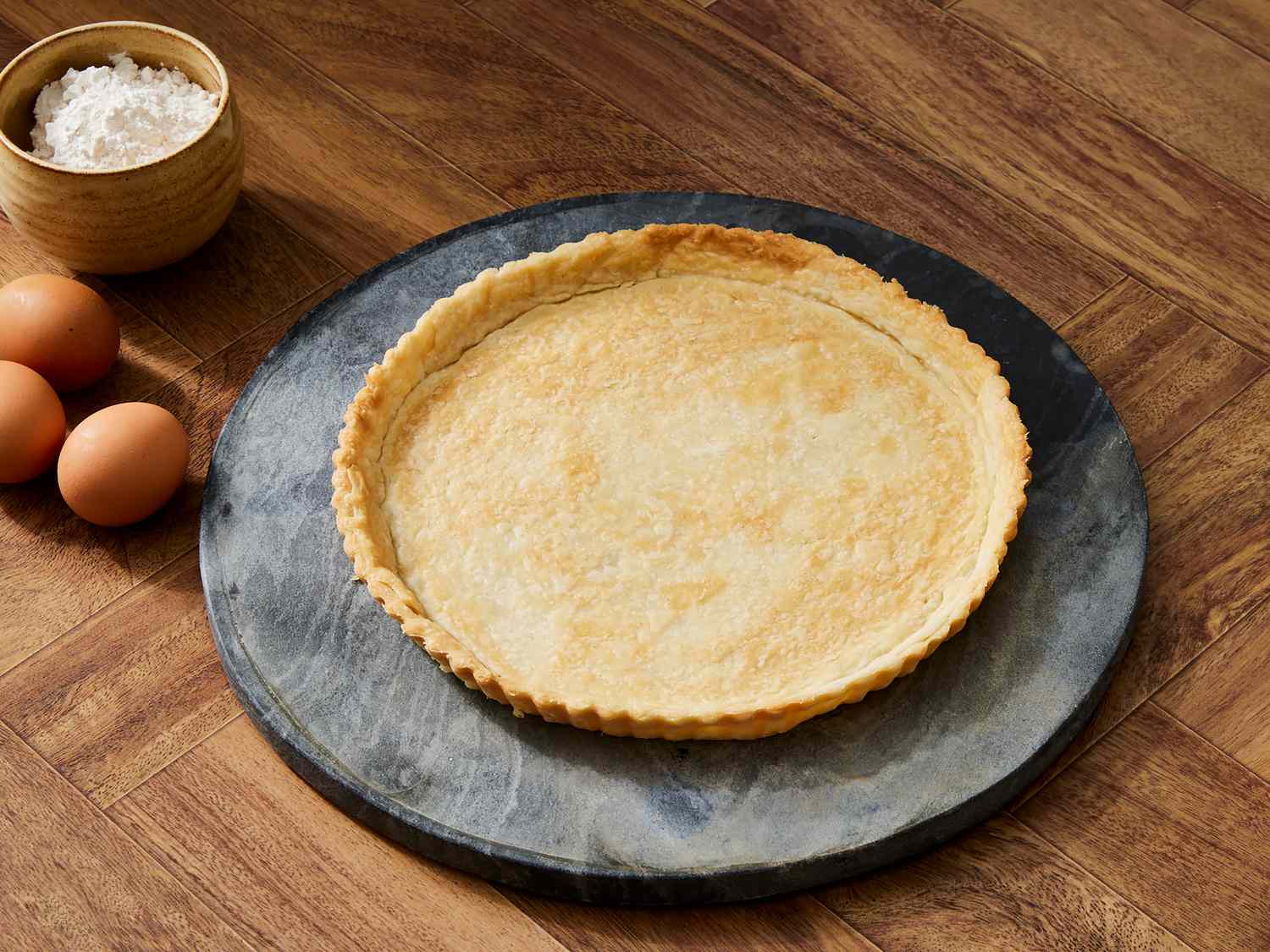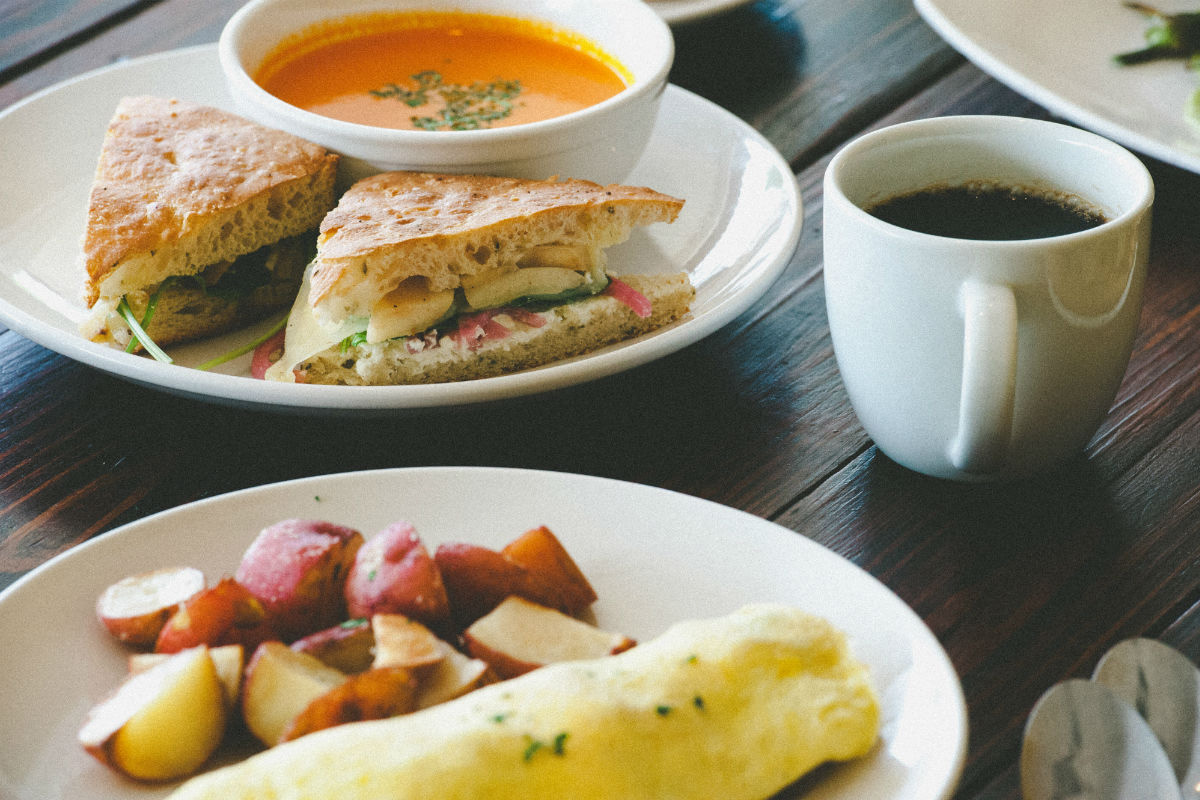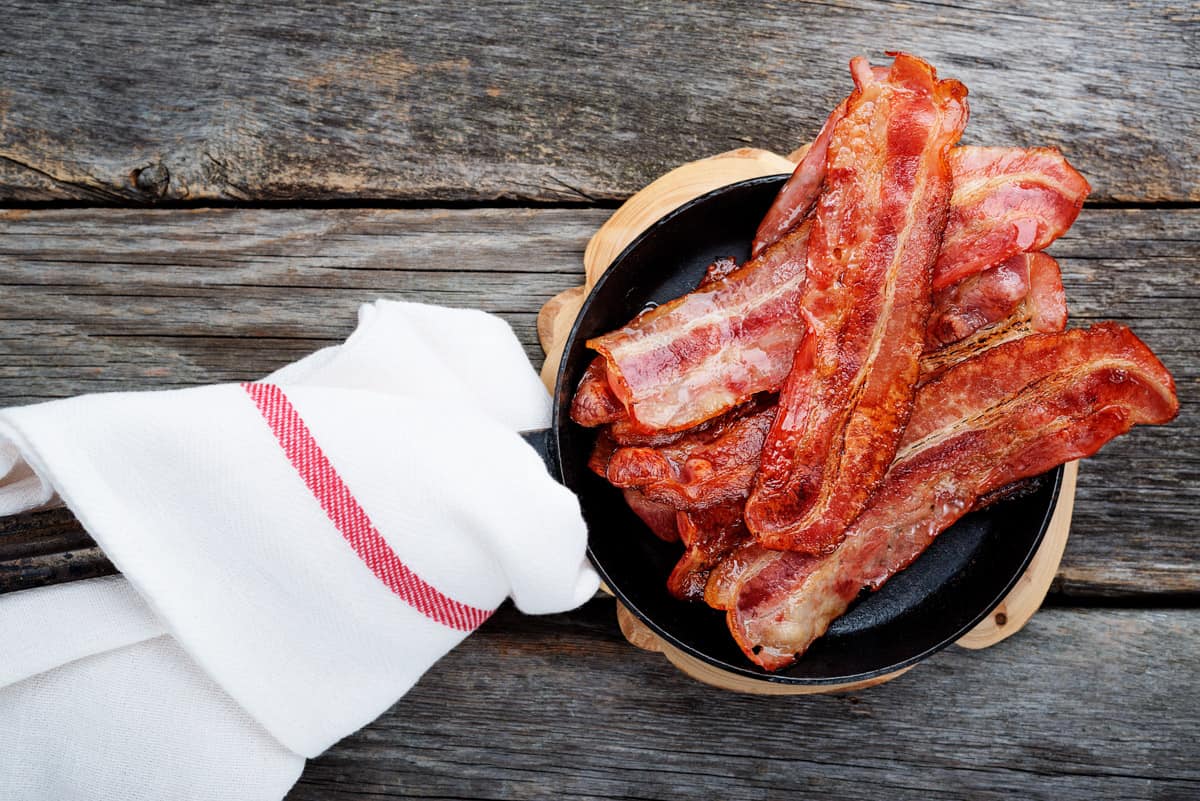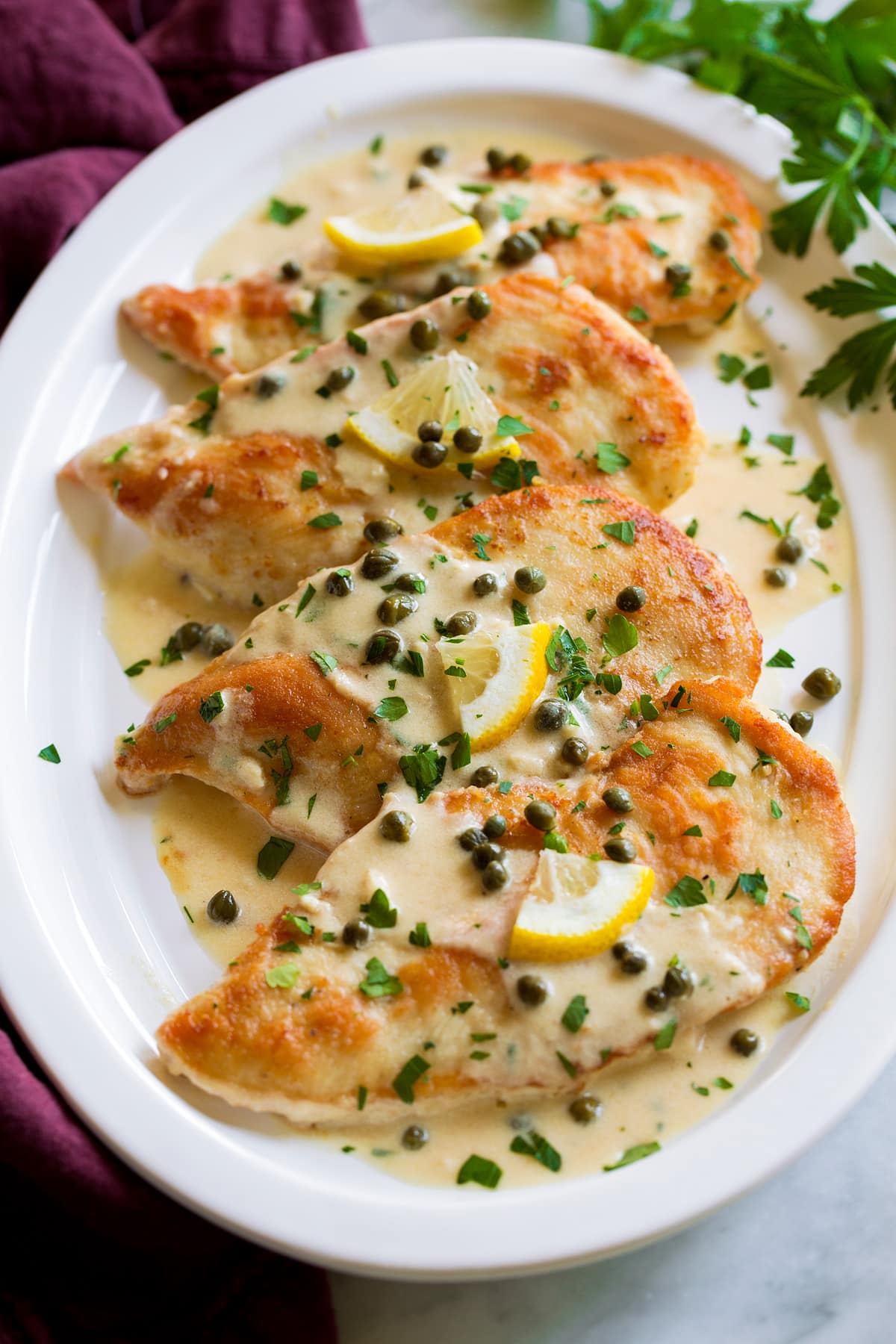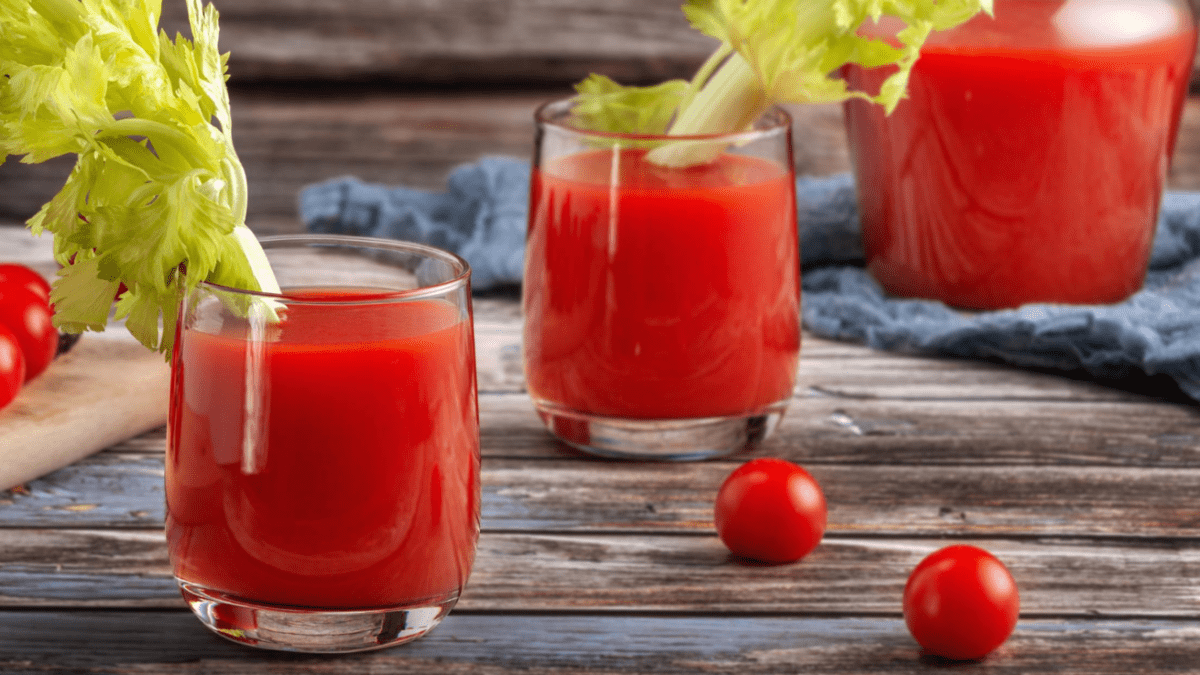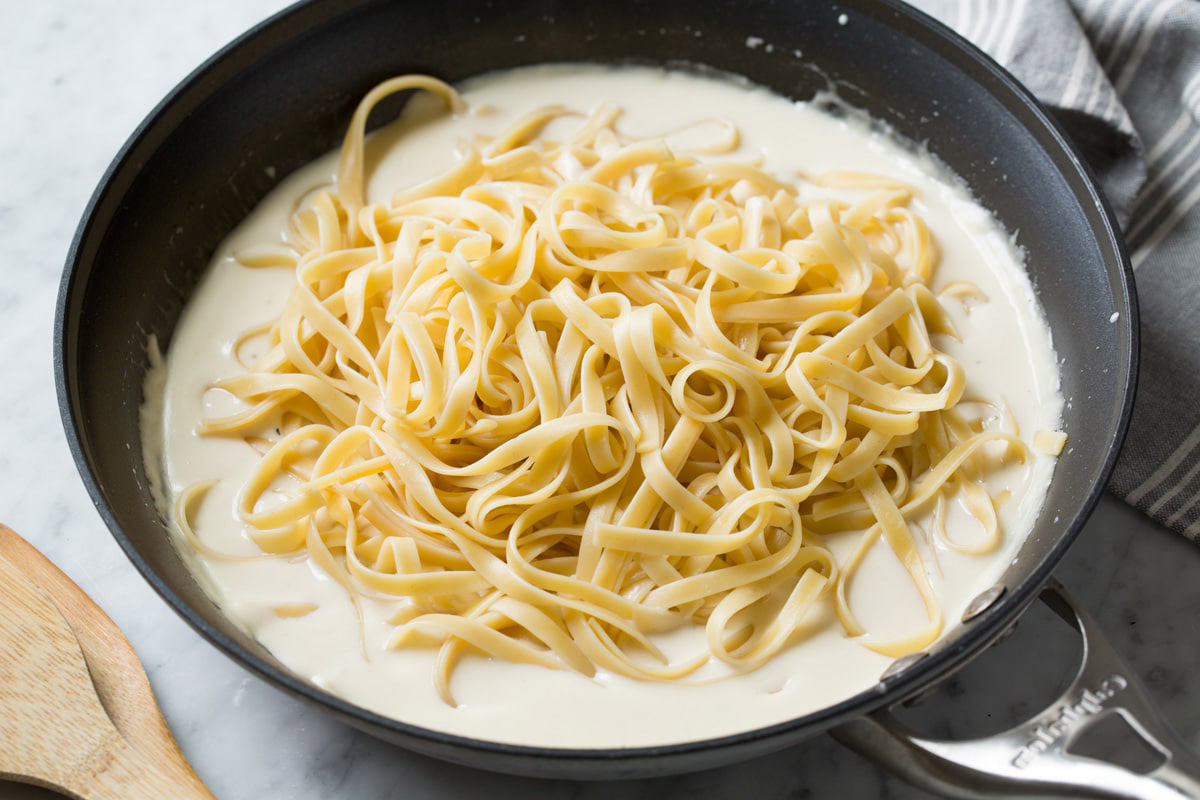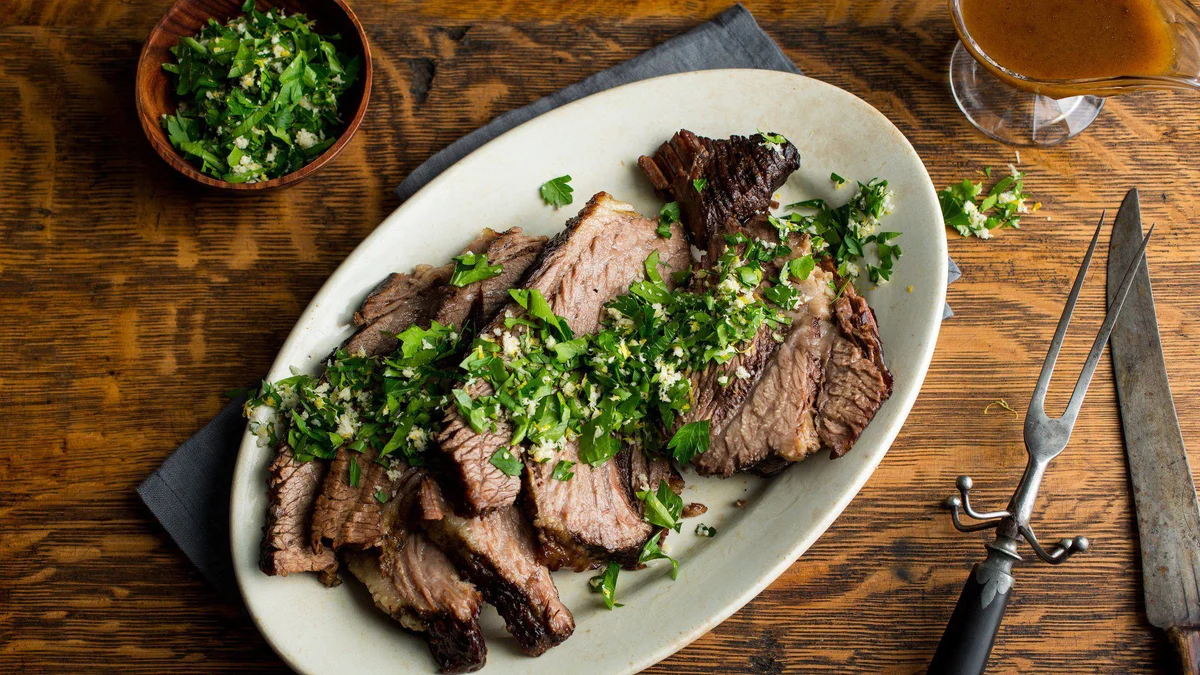Everything You Need to Know About Cooking Lamb
When it comes to cooking lamb, there are a few things you need to know to ensure that your dish turns out perfectly. Whether you’re a seasoned chef or a beginner in the kitchen, cooking lamb can be a rewarding experience. From selecting the right cut to preparing and cooking it to perfection, here’s everything you need to know about cooking lamb.
Choosing the Right Cut
Before you start cooking lamb, it’s important to choose the right cut for your recipe. Lamb is available in a variety of cuts, each with its own unique flavor and texture. Some popular cuts of lamb include:
- Leg: This is a large, lean cut that is perfect for roasting or grilling.
- Shoulder: The shoulder is a flavorful and versatile cut that is great for braising or stewing.
- Chops: Lamb chops are tender and quick to cook, making them ideal for grilling or pan-searing.
- Rack: The rack of lamb is an elegant cut that is often roasted and served as a centerpiece for special occasions.
Preparing the Lamb
Once you’ve chosen the right cut of lamb, it’s time to prepare it for cooking. Depending on the recipe, you may need to trim excess fat, marinate the meat, or season it with herbs and spices. For example, a simple marinade of olive oil, garlic, and rosemary can enhance the natural flavors of lamb, while a dry rub of cumin, coriander, and paprika can add a delicious crust to the meat.
Cooking Techniques
There are several cooking techniques that work well for lamb, including roasting, grilling, braising, and stewing. The method you choose will depend on the cut of lamb and the flavor profile you want to achieve. For example:
- Roasting: Roasting is a great way to cook larger cuts of lamb, such as the leg or rack. It allows the meat to cook evenly and develop a crispy exterior.
- Grilling: Grilling lamb chops or kebabs is a quick and flavorful way to cook lamb, giving it a delicious smoky char.
- Braising: Braising tougher cuts of lamb, like the shoulder, in a flavorful liquid can result in tender, melt-in-your-mouth meat.
- Stewing: Stewing is perfect for creating hearty lamb stews and soups, allowing the meat to become tender and infuse the dish with rich flavor.
Doneness and Resting
Like beef, lamb can be cooked to different levels of doneness, ranging from rare to well-done. It’s important to use a meat thermometer to ensure that the lamb reaches the desired internal temperature. Once the lamb is cooked to perfection, it’s crucial to let it rest for a few minutes before slicing or serving. This allows the juices to redistribute, resulting in a more flavorful and tender end product.
Final Thoughts
Cooking lamb can be a delicious and satisfying experience, whether you’re preparing a simple weeknight meal or a special holiday feast. By choosing the right cut, preparing it with care, and using the appropriate cooking technique, you can create mouthwatering lamb dishes that will impress your family and friends. So, the next time you’re in the mood for something different, consider cooking lamb and savoring the rich and savory flavors it has to offer.
Was this page helpful?
Read Next: What Is Garlic Powder
